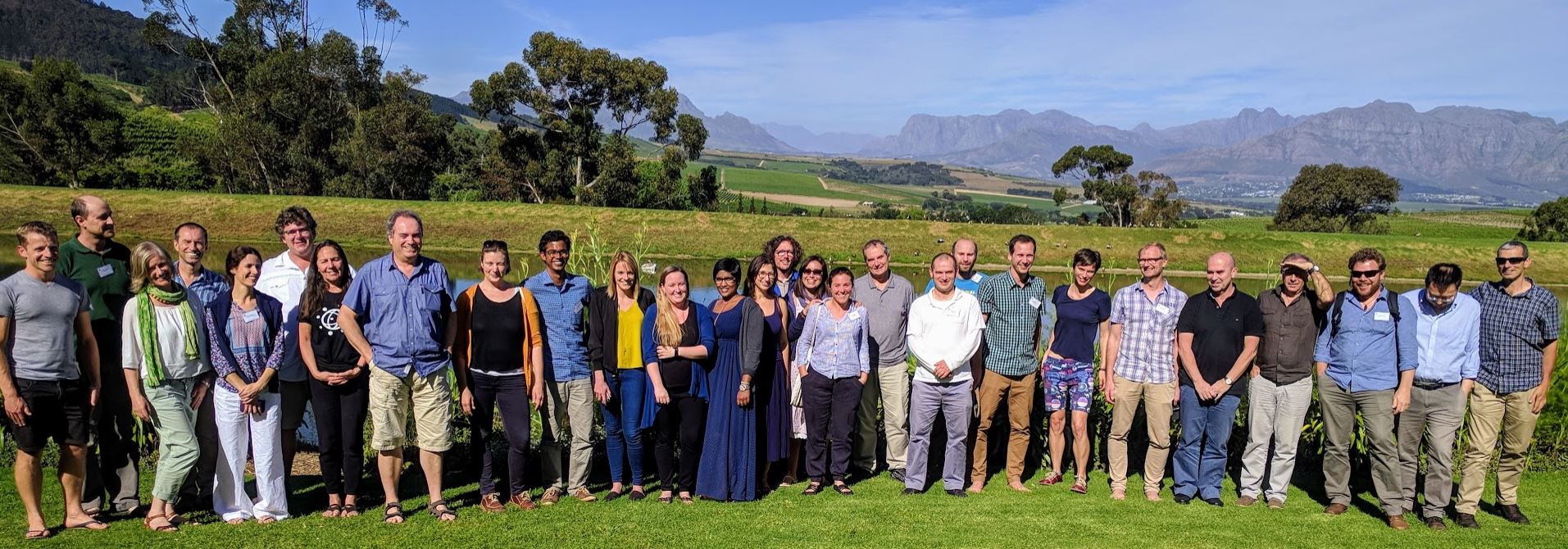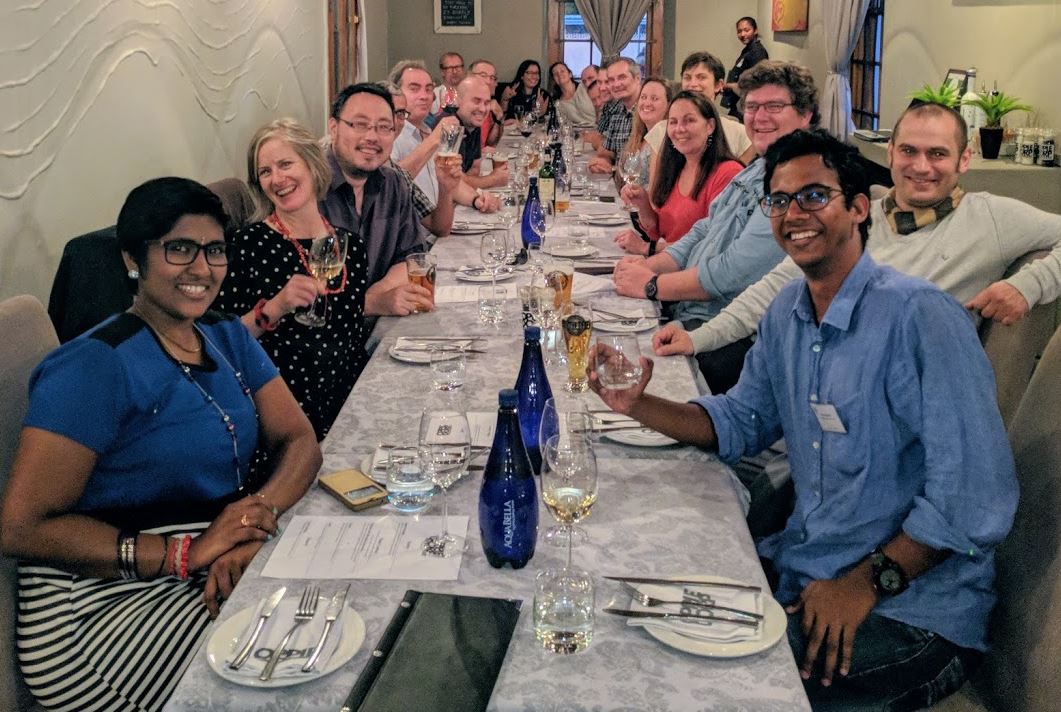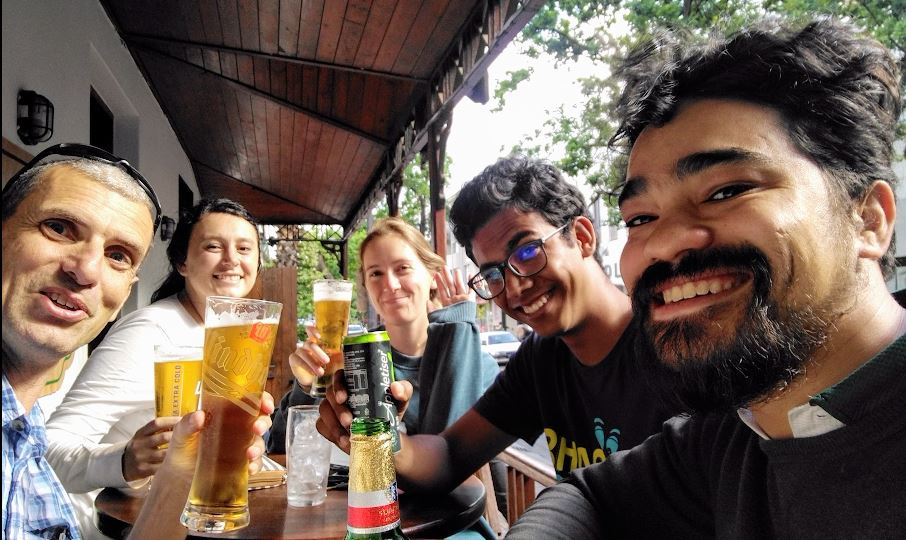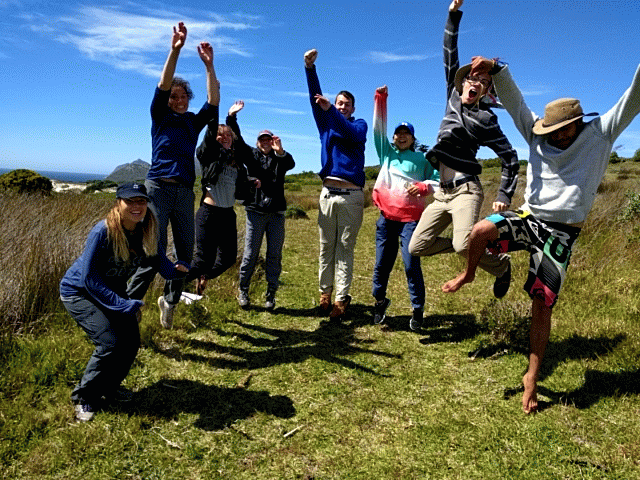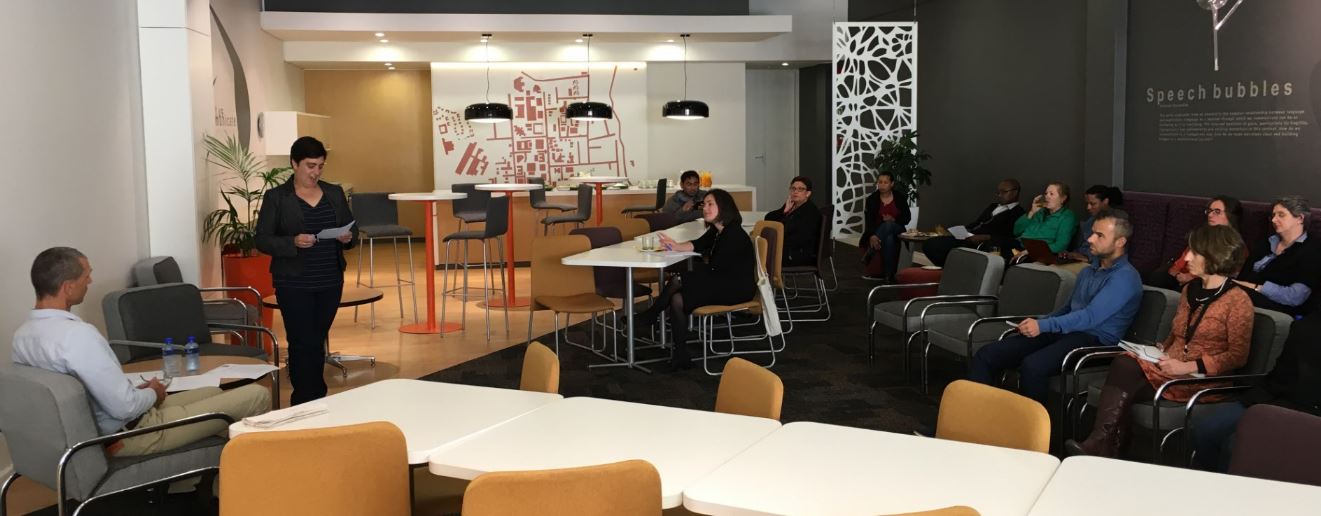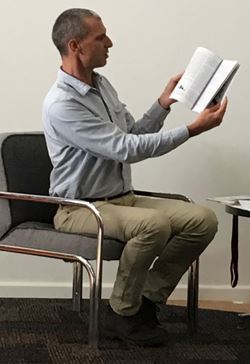Avoid zig-zag and use parallelism
This is the advice in a new ‘how to write’ paper by Mensh & Kording (2017).
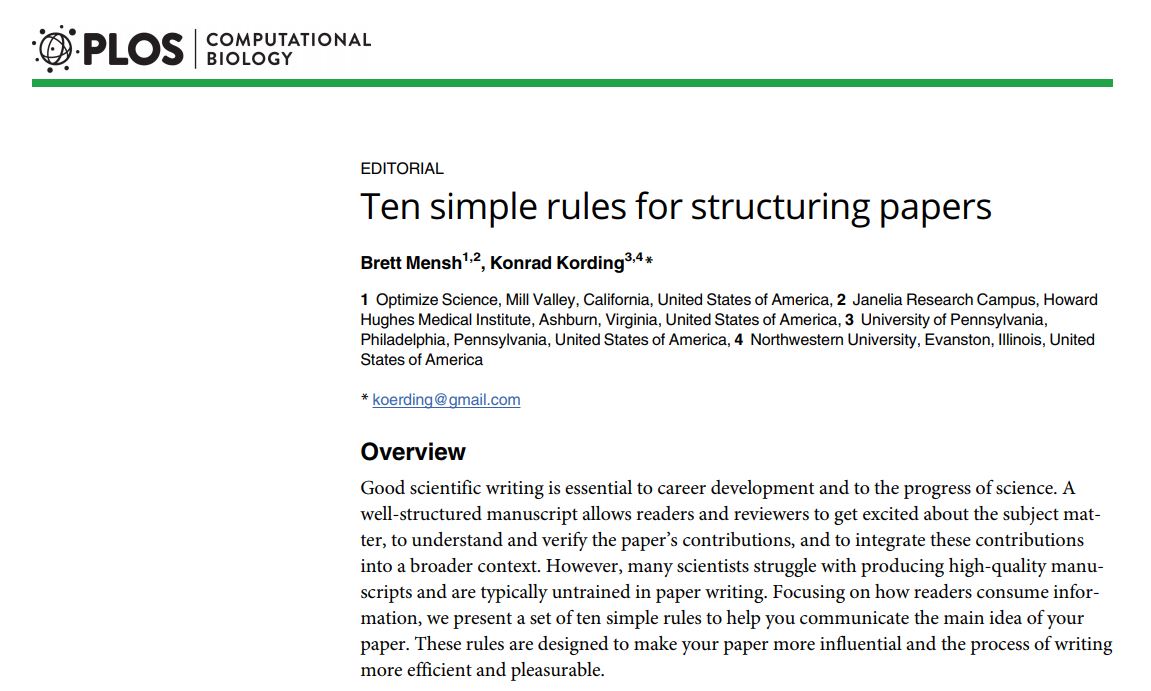
Zig-zag is where you change subjects multiple times, or distract the reader by focussing on a subject that is not your central theme. This does not mean that you should not mention other subjects, just that you should not allow them to distract the reader by repeating or jumping back to unrelated ideas once you have arrived on your central theme.
Parallelism is around consistency with your topics or variables. Let’s say that you introduce three key variables in your introduction, and later want to discuss them. Parallelism requires you to use them in the same order and in the same way so that the reader can easily follow each of these concepts, even if they skip around in reading the paper.
I remember this same advice when having one of my papers edited. The editor complained that I had brought up three variables in the introduction and then used a different order in the methods, and yet another order in the discussion. Satisfying the editor meant re-writing all sections, and that never something that an author relishes. Thus, it’s a really useful tip to bear in mind in your planning. In this case, the editor had an inspiring message: I want this to be a highly cited classic paper.
We should all want our papers to be read and cited, and once accepted they can’t be easily changed (and certainly not re-written), so getting it right is important: even if you consider your work to be minor now, think of it as a future classic.
